AI Canvas Prints: A Creative Triumph or Artistic Tragedy?
Introduction to AI in Art
With the surge of technology into virtually every aspect of our lives, even the art world has felt its influence. The creation of AI canvas prints – artworks created with the help of artificial intelligence – has sparked a lively debate. Is this technology a creative triumph that pushes the boundaries of what is possible, or is it an artistic tragedy that threatens the authenticity of traditional art forms?
Understanding AI in Art
To delve deeper into the debate, we first need to understand the technology behind AI in art.
AI Technologies in Art Creation
Artificial intelligence, particularly machine learning, plays a pivotal role in the creation of AI prints. AI algorithms are designed to learn patterns and apply them in different contexts. Generative Adversarial Networks (GANs), for instance, consist of two parts: the Generator, which creates images, and the Discriminator, which evaluates these images based on its knowledge of human-created art. As these two entities compete, they produce increasingly refined artworks.
The Evolution of AI in Art
AI’s influence on art isn’t entirely new. The early instances of AI-created art date back to the 1950s and 1960s with the use of computer graphics. However, the inception of machine learning and deep learning techniques has led to the evolution of AI tools, fostering the creation of more complex and sophisticated AI art.
Notable AI Canvas Prints
Notable examples of AI canvas prints include “Portrait of Edmond de Belamy,” which was sold at Christie’s auction house for an astonishing $432,500. The piece was created by the Paris-based art collective Obvious using GANs. Other examples of AI art can be found on NFT54’s shop, demonstrating the wide variety of styles and themes that AI can produce.
AI Canvas Prints as a Creative Triumph
Despite the controversy, there are strong arguments to be made for AI canvas prints as a creative triumph.
AI as a Tool that Enhances Creativity
Arguably, AI serves as a tool that extends the capabilities of human artists, not unlike a paintbrush or a chisel. An artist can use an AI art generator from photo to transform an image into a unique piece of art, combining the power of AI with human creativity. It brings forth a new medium that can be explored and expanded, much like photography in its early days.
The Democratization of Art Through AI
With AI, the creation of art becomes more accessible. It provides a platform for people who may not have traditional artistic skills to engage in the creative process. By making art more democratic, AI encourages creativity and experimentation among a broader audience. To get a glimpse of this, take a look at the wide array of AI-generated art pieces available on NFT54’s shop.
Economic Implications of AI Art
From an economic perspective, AI canvas prints are creating a new market. The sale of AI-created “Portrait of Edmond de Belamy” at Christie’s signifies the market’s acceptance of AI as a legitimate creator of valuable art. Furthermore, the success of platforms like NFT54, where you can buy and sell AI-generated artworks, indicates a promising future for AI in the art industry.
By understanding AI’s role in art creation, its historical progression, and the potential creative triumph it signifies, we can more fully engage with the debate surrounding AI canvas prints. It is clear that as AI becomes more integrated into our society, its impact on various fields, including art, will continue to evolve. Stay tuned for the continuation of this discussion in our next blog post where we will explore the potential artistic tragedies associated with AI-generated art.
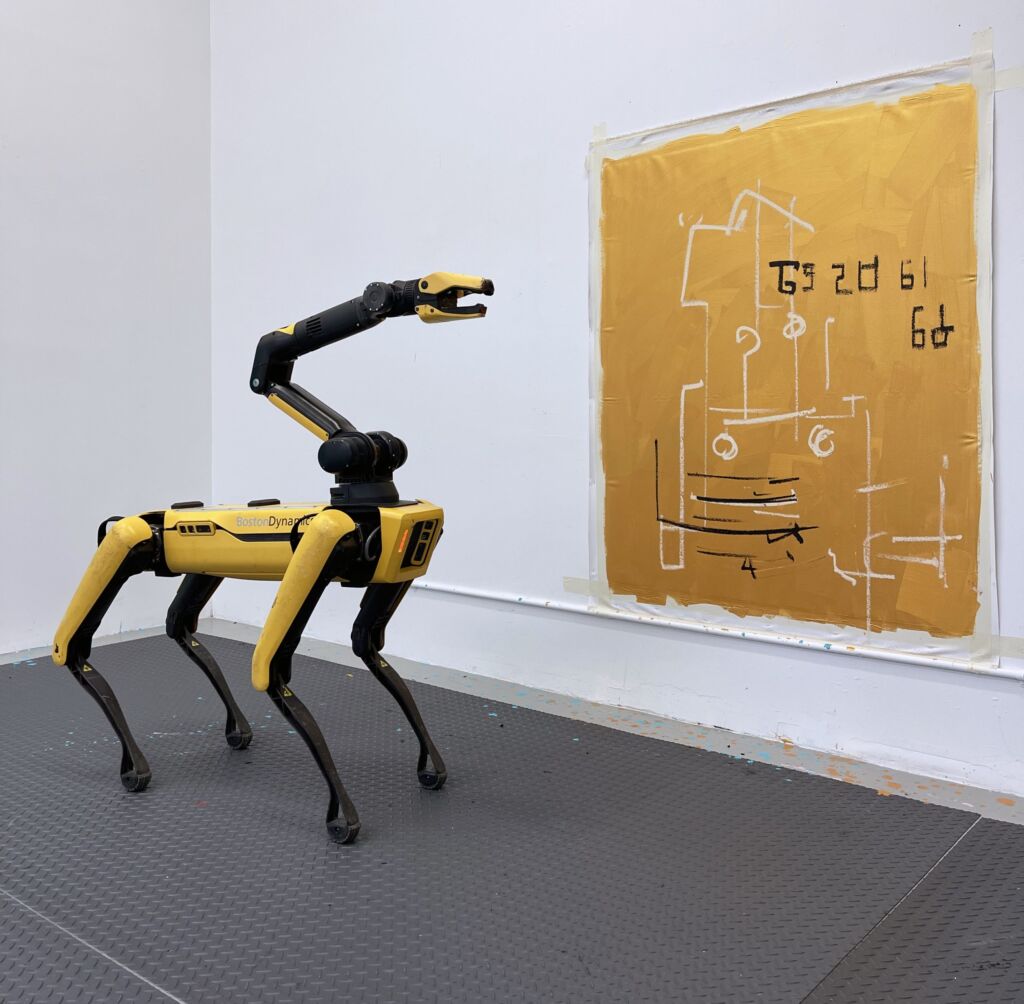
AI Canvas Prints: A Creative Triumph or Artistic Tragedy? Part II
In the first part of our discussion, we delved into the realm of AI in art, exploring its technological underpinnings, evolution, and its potential as a creative triumph. Today, we continue our exploration by examining the other side of the debate: is the emergence of AI canvas prints an artistic tragedy?
AI Canvas Prints as an Artistic Tragedy
Despite the advancements and possibilities, some critics perceive AI-generated art as a tragedy, threatening the very essence of art.
AI and The Threat to Traditional Art
Art, at its core, is a manifestation of human creativity and emotion. It’s a deeply personal form of expression that relies on human experience. So, when an AI creates art, does it diminish the value of human creativity? Some argue that AI art lacks the originality and authenticity traditionally associated with human-created art, which is viewed as a tragedy. Explore more on this perspective in our blog post, AI Overload: Are We Losing the Human Touch in Art?
Economic Implications of AI Canvas Prints
The increasing popularity and acceptance of AI-generated art could lead to an oversaturation of the art market. With AI, creating art is easier and quicker, potentially flooding the market with a multitude of artworks and reducing their overall value. This could pose challenges for traditional artists who rely on their work for their livelihood. We delve deeper into this in our post on The Pros and Cons of AI Canvas Prints
Ethical and Legal Considerations
AI-generated art also raises ethical and legal questions, especially around authorship and intellectual property rights. If an AI creates art, who owns the rights? The creator of the AI, the user, or the AI itself? Such questions need to be addressed as AI art becomes more commonplace.
Bridging the Gap
While there are valid concerns, it’s also important to recognize the potential for a symbiotic relationship between AI and human creativity.
AI and Human Creativity: A Symbiotic Relationship
AI, if viewed as a tool rather than a replacement, can inspire new forms and styles of art. It can serve as a means to augment human creativity, not replace it. The use of AI art generator from photo and other AI tools can result in previously unimaginable art, pushing the boundaries of what’s possible.
The Necessity of Legal and Ethical Frameworks
As with any disruptive technology, there is a need for an ethical and legal framework that acknowledges and protects the interests of all stakeholders, from the AI developers to the artists using the technology. Intellectual property and authorship issues can be addressed by laws that reflect the evolving nature of art creation in the AI age.
-
LeBron James
Art Prints $160.00 – $200.00Buy now This product has multiple variants. The options may be chosen on the product page -
US President 44
Art Prints $160.00 – $200.00Buy now This product has multiple variants. The options may be chosen on the product page -
US President
Art Prints $160.00 – $200.00Buy now This product has multiple variants. The options may be chosen on the product page
Conclusion
The advent of AI canvas prints can indeed be viewed as both a creative triumph and an artistic tragedy. It brings forth a new age of creativity, making art more accessible and innovative, while also posing challenges to traditional notions of artistry, market dynamics, and ethical considerations.
In the end, AI’s role in the art world will be determined by how we harness its potential and address the challenges it presents. Regardless of the perspective, one thing is clear: AI is revolutionizing the world of art and its impact will continue to unfold in the years to come.
Stay tuned for more discussions on AI’s role in art on NFT54. Whether it’s an exploration of AI’s solution to the art world’s biggest problems or a closer look at how we are turning AI pixels into art, we’ve got you covered on the journey into this brave new world of AI-generated art.
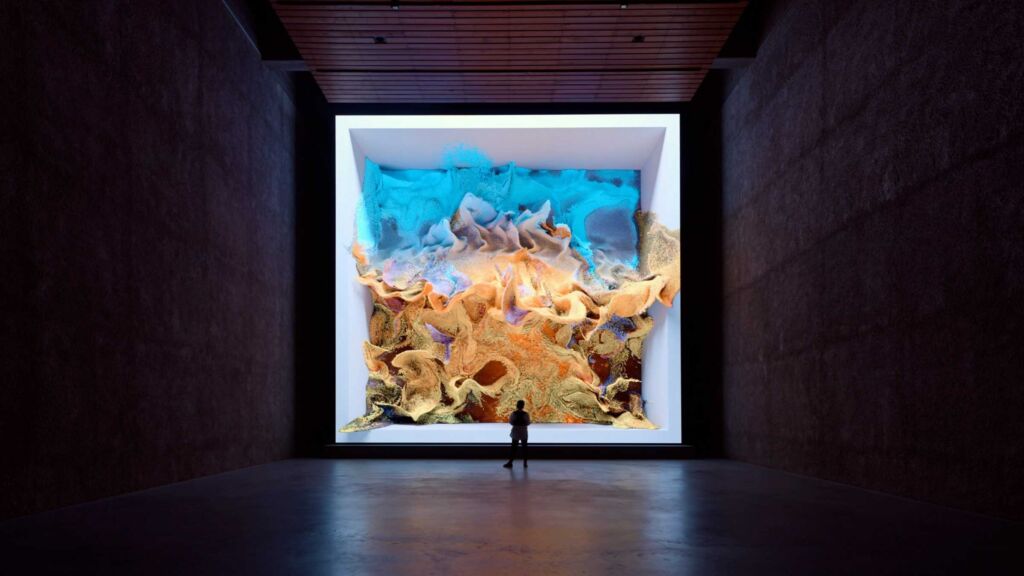
Frequently Asked Questions
Are AI-generated images considered art?
Yes, AI-generated images are widely considered a form of art, although the definition of art can be subjective and varies among individuals.
Is AI capable of artistic creativity?
AI is capable of creating unique and complex images by learning from existing art patterns, but whether this is considered "creativity" can be a matter of debate.
Does AI art rip off artists?
This is a controversial topic. Some argue that AI art may potentially undermine human artists, while others see it as a tool that can enhance creativity.
What is the controversy with Midjourney AI?
Sorry, as of my training data until September 2021, there is no specific controversy related to "Midjourney AI". For the most current information, please refer to the latest sources.
How do artists feel about AI art?
Artists' feelings about AI art can vary greatly. Some see it as an exciting new medium, while others may view it as a threat to traditional artistic values.
What is the argument against AI art?
The main argument against AI art is that it may lack the personal touch, emotion, and originality of human-created art. There are also concerns about its potential impact on the art market and intellectual property rights.
Why is AI art so cool?
AI art is often considered cool because it represents a merging of technology and creativity, producing unique and sometimes unexpected results. It also opens up art creation to more people, democratizing the field.
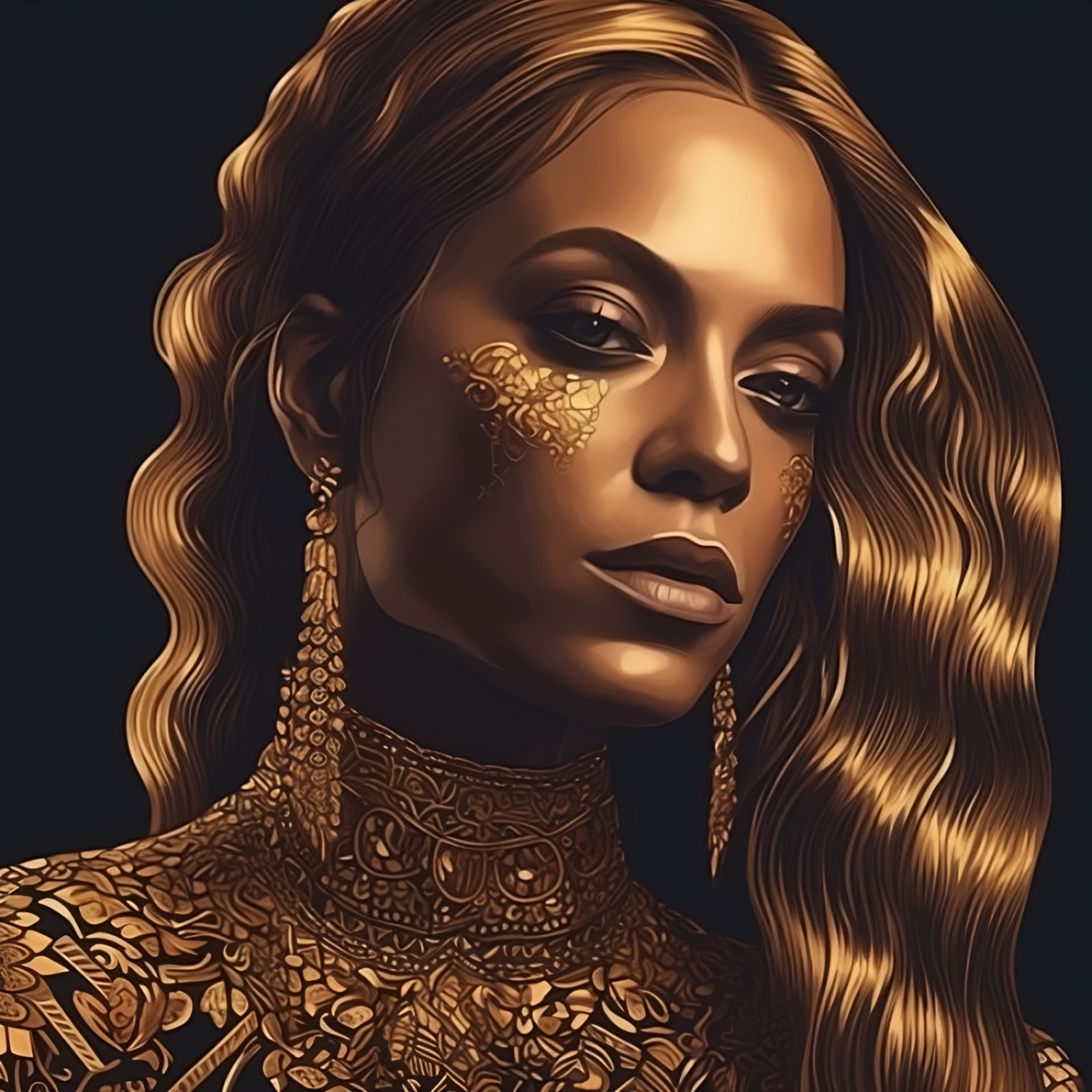

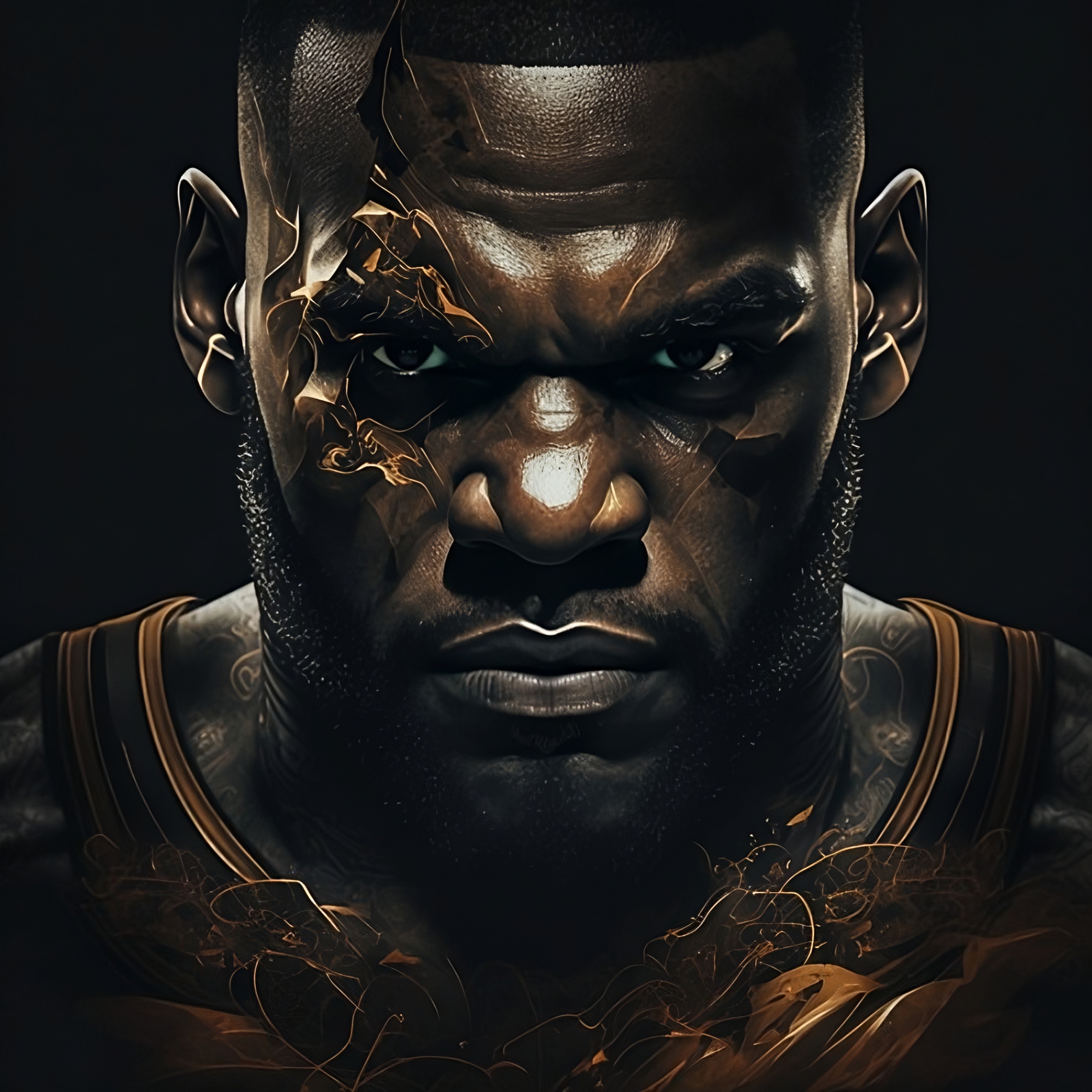

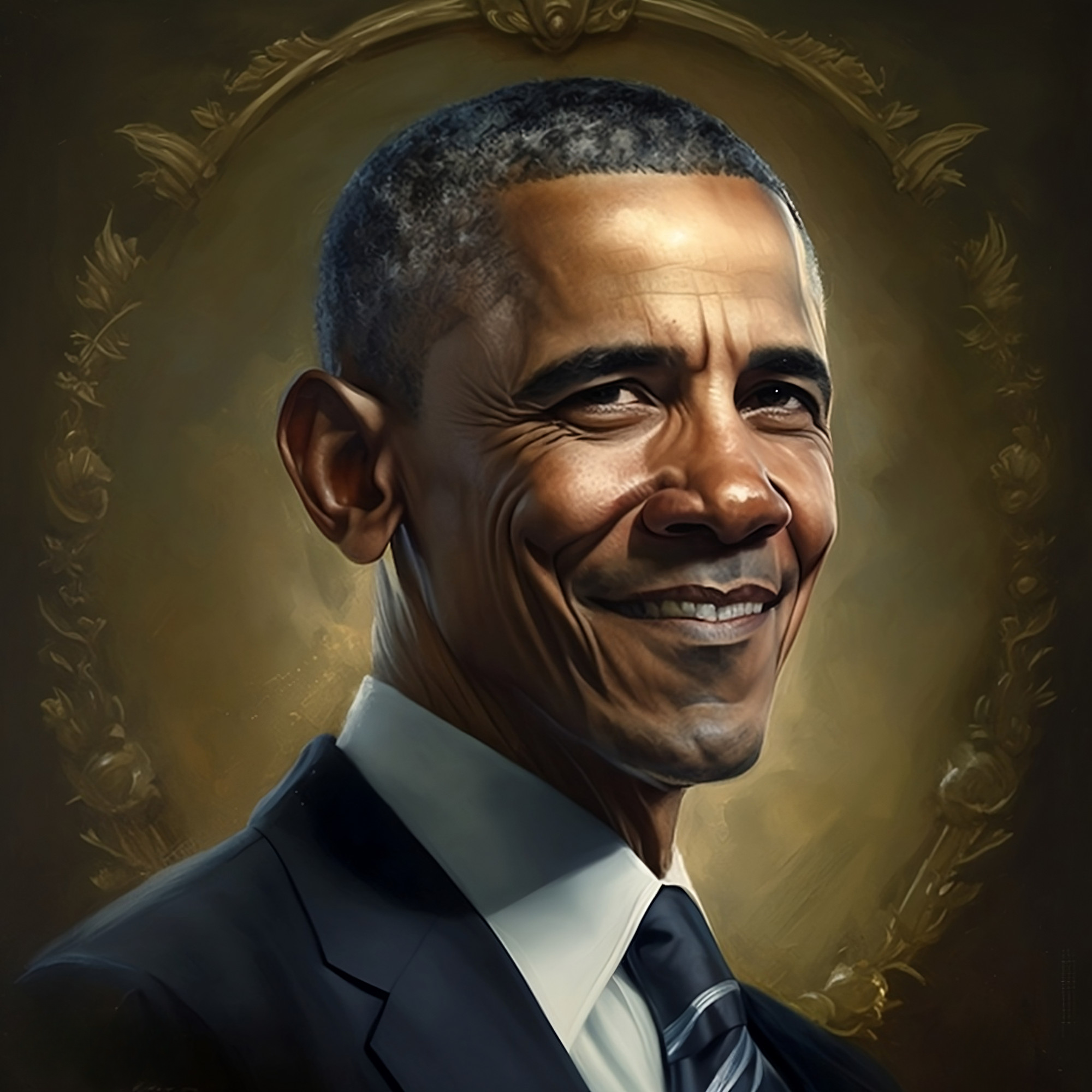

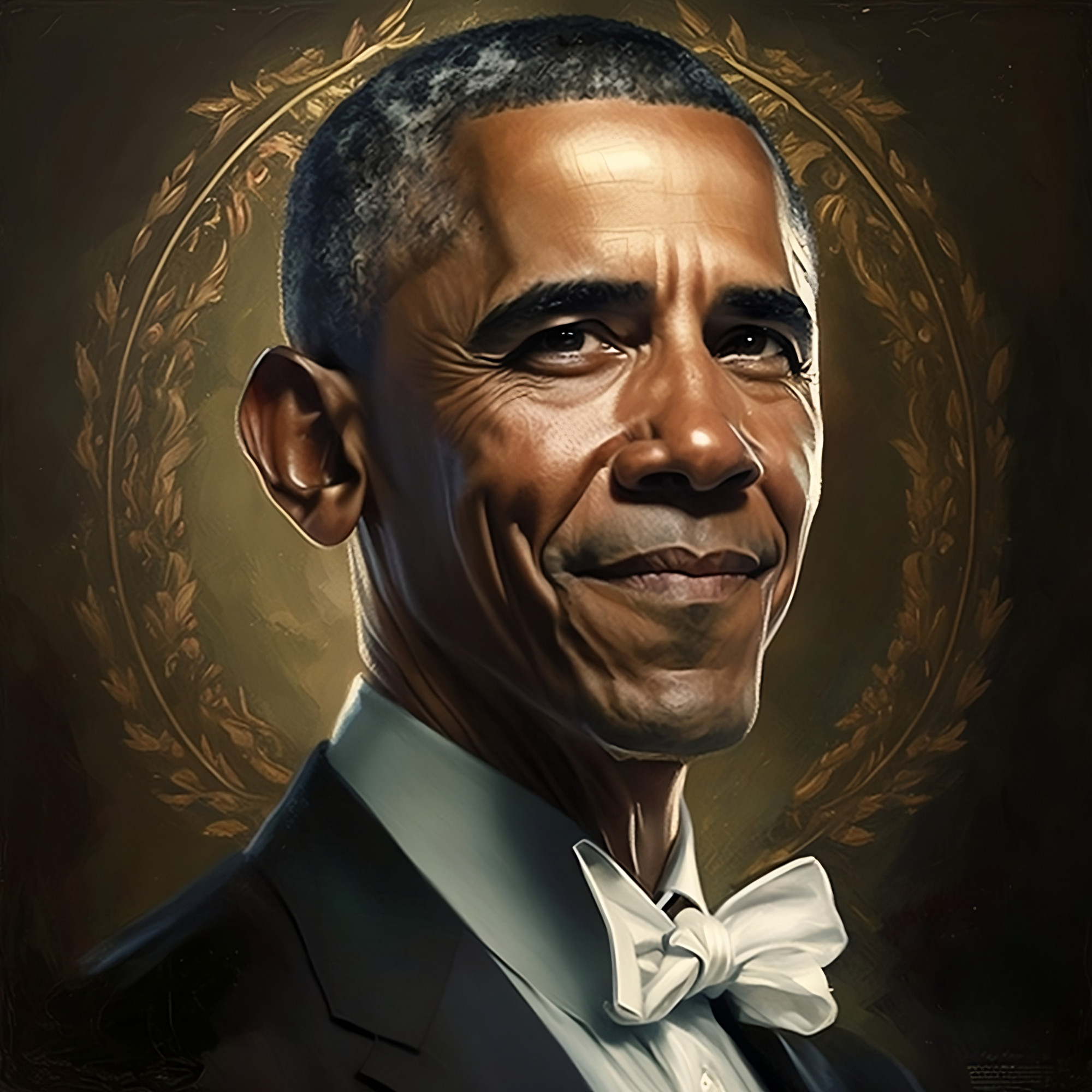
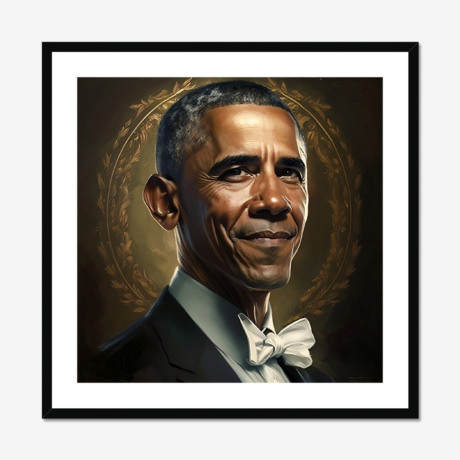
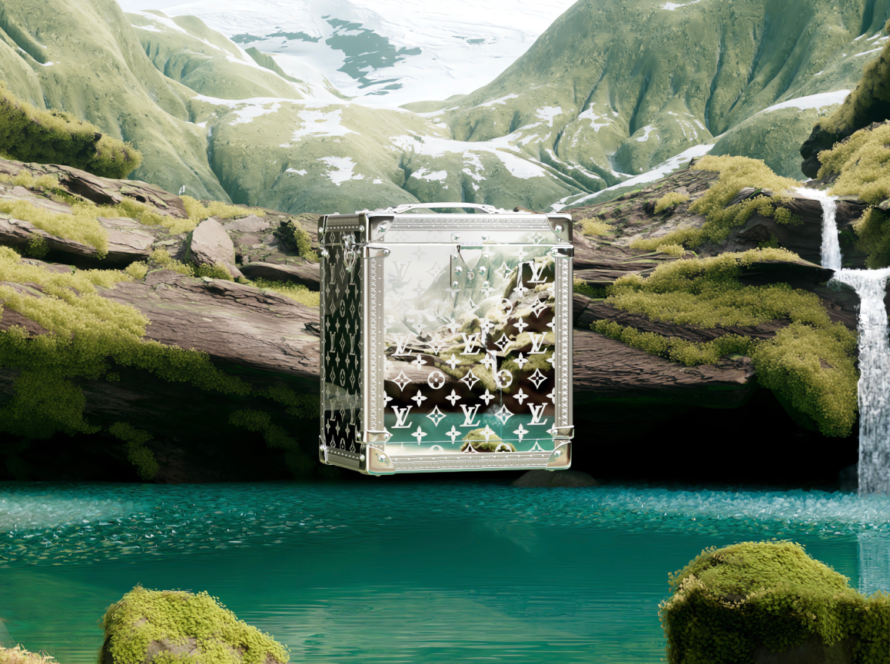
1 Comment